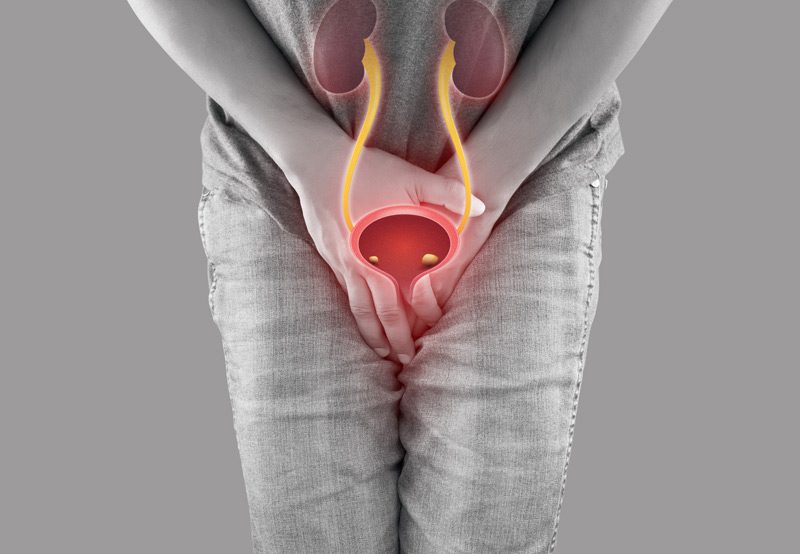

Bladder stones are hard mineral deposits that form in the bladder when urine becomes concentrated and minerals crystallize. These stones can vary in size and are more likely to develop in individuals who are unable to completely empty their bladder. While small stones may pass unnoticed, larger stones can cause significant urinary symptoms and may require medical intervention.
Causes of Bladder Stones
Bladder stones typically result from underlying conditions that disrupt normal urine flow or bladder emptying:
- Bladder Outlet Obstruction: Conditions such as benign prostatic hyperplasia (BPH) or urethral strictures can prevent complete bladder emptying, promoting stone formation.
- Neurogenic Bladder: Nerve damage from spinal cord injuries, stroke, or diabetes can impair bladder function.
- Chronic Infections: Recurrent urinary tract infections can alter urine chemistry and increase the risk of stone formation.
- Foreign Bodies or Devices: Indwelling catheters or surgical mesh can serve as a surface for mineral buildup.
- Bladder Diverticula: Pouches in the bladder wall can retain urine and promote crystallization.
Stagnant urine that remains in the bladder provides the ideal environment for minerals like calcium, magnesium, or uric acid to precipitate and form stones.

Diagnosis
Bladder stones are diagnosed through a combination of symptom assessment and imaging:
- Urinalysis: Detects blood, infection, and crystalluria.
- Ultrasound or X-ray: Identifies the size, number, and location of stones.
- CT Scan: Provides detailed visualization, especially in complex cases.
- Cystoscopy: Allows direct visualization of the stone and evaluation of the bladder lining and anatomy.
Common symptoms include frequent urination, painful urination, difficulty starting or stopping the flow, and blood in the urine. In some cases, a stone may cause complete urinary obstruction.
Treatment Options
The goal of treatment is to remove existing stones and address the underlying cause to prevent recurrence:
- Increased Fluid Intake: May help flush out small stones naturally.
- Cystolitholapaxy: A minimally invasive procedure using a cystoscope and laser or mechanical device to break stones into smaller pieces for removal.
- Percutaneous or Open Surgery: Reserved for very large or multiple stones, especially when combined with other bladder abnormalities.
- Treatment of Underlying Conditions: Management of BPH, neurogenic bladder, or other causes of incomplete emptying is essential to reduce the risk of future stones.
Next Steps
If you’re experiencing symptoms of bladder stones or have a known urinary condition, consult a urologist for evaluation. Prompt diagnosis and treatment can prevent complications such as recurrent infections, bladder damage, or urinary retention. A tailored treatment plan will address both the stones and their underlying cause.
